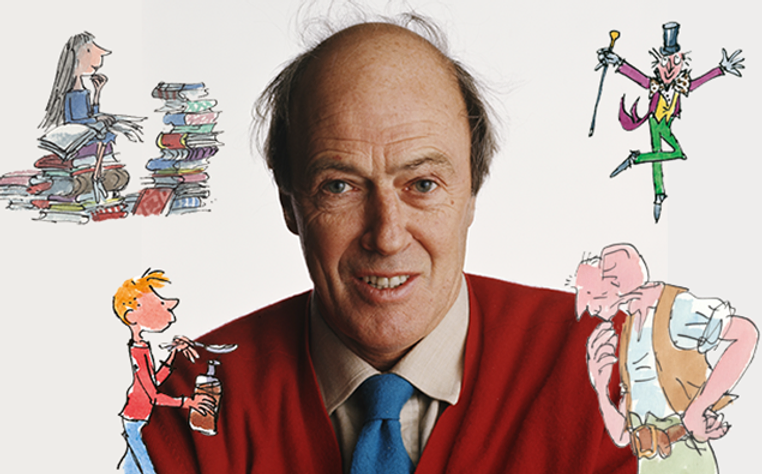The 7 Habits of Highly Effective Teenagers is a tailored guide that offers practical strategies to foster proactive and purpose-driven lives.
The 7 Habits of Highly Effective People by Stephen R. Covey has been a part of our home library for as long as I can remember. During a recent trip to the bookshop, I came across The 7 Habits of Highly Effective Teenagers At first glance. I thought it was the same as Covey’s book. but upon closer inspection. I realised the differences. Since it is tailored for teenagers, I managed to convince my father to purchase it. During the last club meeting, the president shared his personal experience to highlight the importance of reading self-help books. Here are his thoughts as he expressed them
The first thing I did when we got back home was to get the book from the shelf and to look at both of them, as the title was similar. 1, then. noticed that they address two different sets of audiences and are authored by different persons. Opening the first page I saw that the latter is written by Covey’s son. Sean Covey.
Like father, like son was the idiom that crossed my mind and I remembered the fathers-and-sons duos. namely, Charles Dickens and Charles Dickens Jr., H.G. Wells and Antony West. Stephen King and Joseph Hillman King, and a few more, who take after their fathers. In fact, there aren’t many such duos, which puzzled me because we believe writing runs in the genes. If it were true, what happened to the centuries of Shakespeare’s family members or Mulk Raj Anand’s sons? There must have been a huge lineage of writers, but the reality contradicts. So, unique talents such as singing. dancing, drawing, writing. and so on, seem to be individual talents and hardly are they inherited. And even the sons listed did not parallel their fathers popularity.
The duo. Stephen Covey and Sean Covey, however almost matched each other, which compelled me to dig out the reasons for their successes. The obvious reason appears to be the son’s adherence to his father’s footprint. On the contents page. I noticed both of them are dealing with the same seven habits such as ‘Be Proactive. Begin with the End in Mind, Put First Things First. Think Win-Win, Seek First to Understand. Synergise, and Sharpen the Saw.
Sean Covey, finding the overwhelming success of his father’s book published in 1989, realised that teenagers’ life and their challenges are varied from the grownups and decided to write this book ten years later. His father records the variations between them as. “Unlike my book on the 7 Habits, this book, by my son, speaks directly to teens in an entertaining and visually appealing style.”
Though their Paradigms and Principles exhibit similarities, they approach them differently. Let me illustrate their distinctions using Habit 1-Be Proactive as an example. Both stress its significance as it’s foundational, yet the way they explain it varies based on their audiences experiences and cognitive levels. They effectively relate the concept to their respective age groups. Sean Covey highlights the contrast between “two types of individuals in the world: the proactive, who take charge of their lives, and the reactive. who place blame.”
They, obviously, argue for being proactive, “I am the force. I am the captain of my life. I can choose my attitude. I am responsible for my happiness or unhappiness. I am in the drivers seat of my destiny, not just a passenger.” Both of them powerfully argues for becoming proactive, quoting real-life people they had come across Defining the characteristic features of being proactive Sean Covey states taking responsibility for ones own life and having a “can-do” against a “no-can-do” attitude He dismisses the misconception that proactive people are ‘pushy, aggressive, or obnoxious, but they are the ones who are ‘courageous. persistent, and smart
To transform people to become proactive they closely analyse the language that these two categories employ in their communication; the reactive people say, I’ll try and “I have to” but the other category contrarily says. “I’ll do it and choose to”. They persuade the readers to understand the meaningfulness of becoming proactive to craft a meaningful life.
I would without any hesitations state that these two books have a tremendous influence on me.
Picture Credit: Google





